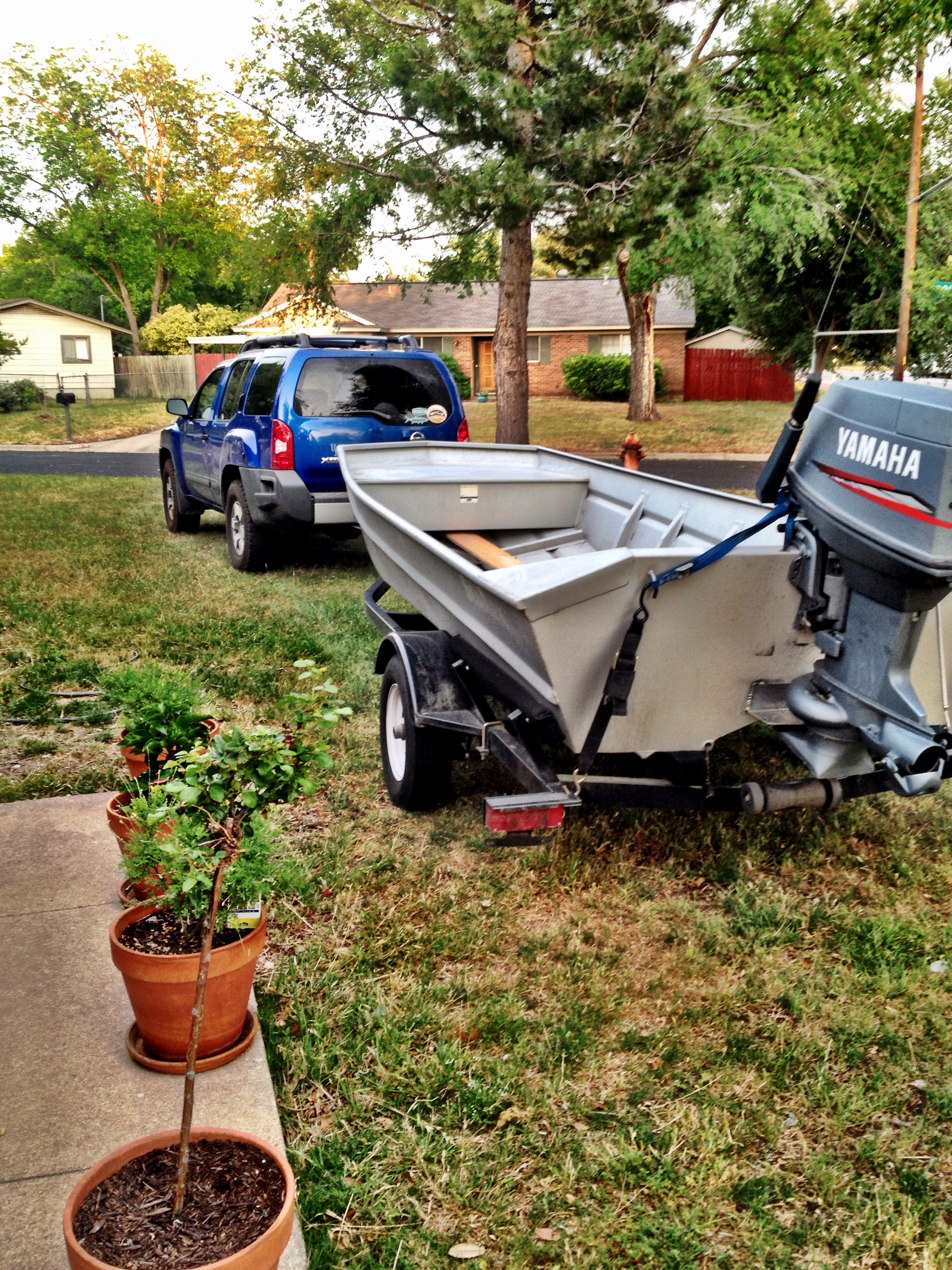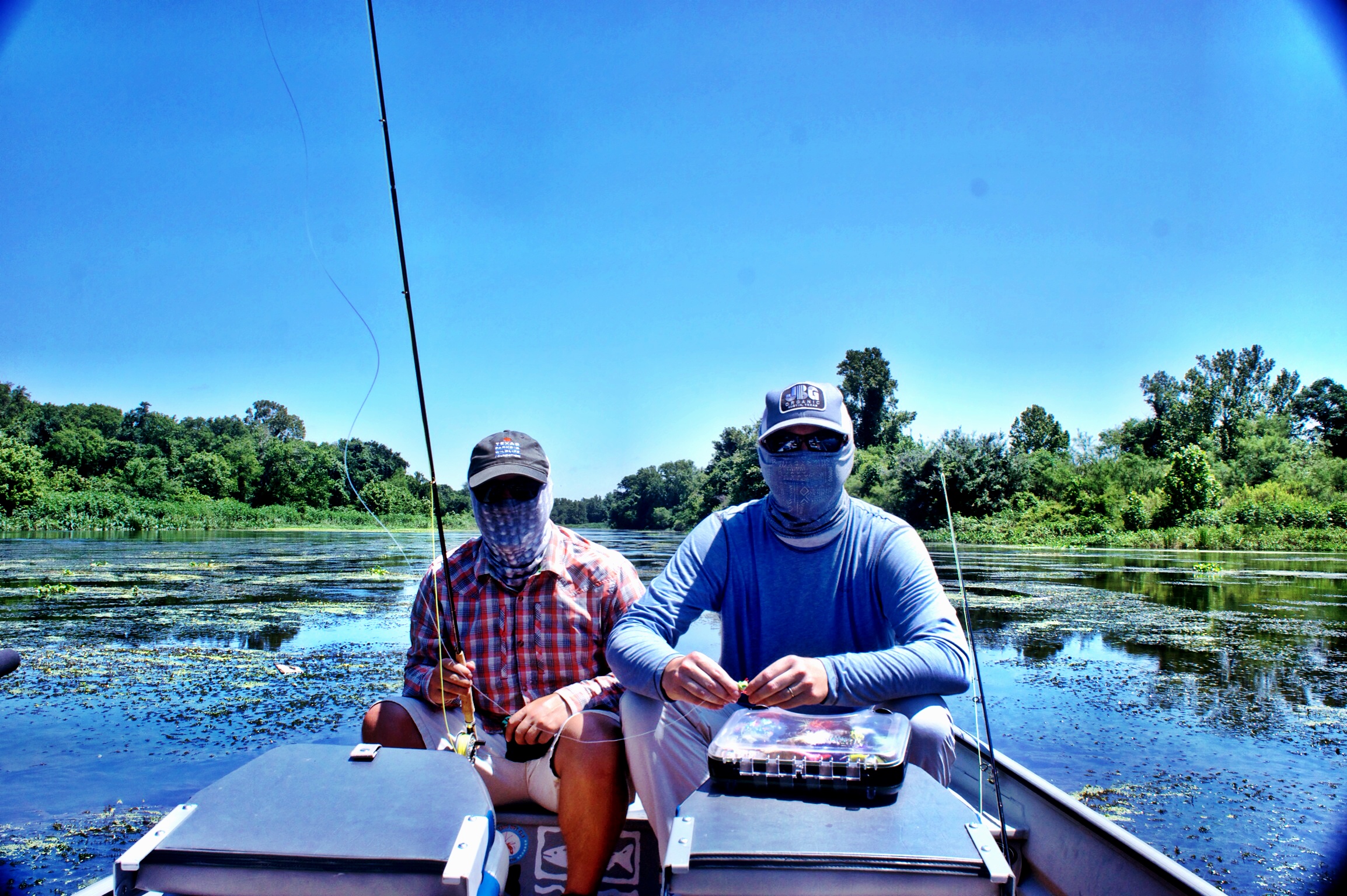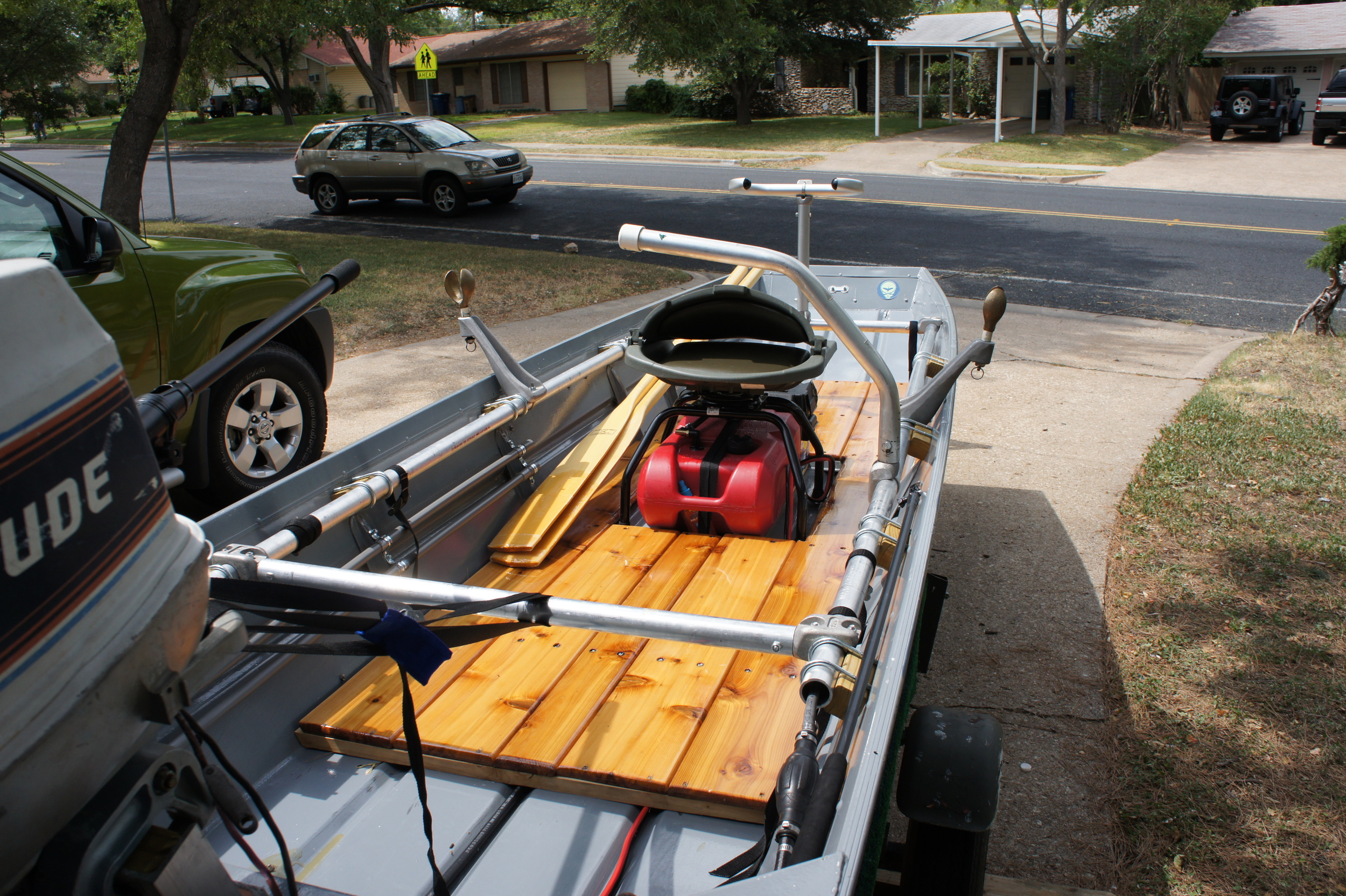Winston's take: Bass On The Fly
I recently read a “must do" article for Bass fishing on the fly and watched an older video that put tournament gear fisherman along side a fly guy in the Sacramento Delta. Both were very informative. I thought I’d write up something since I can’t just copy and paste the "must do" article and slap my name to it and my movie-making carrier is a long ways off. I’ll give my take on what I’ve learned in my years of fly fishing for Bass and more recently guiding for them with All Water Guides here in Austin Texas. We seem to have a unique thing going on here in Texas. We target Bass in a manner more similar to salt water fishing than fresh. We row our goofy jet boats as if they were drift boats on some western river. River Bass bring an element of challenge to the table that requires a well-rounded angler. Here are my thoughts…a few of them at least.
1: This is work!
As Brian “Lucky” Porter said in the movie "Zero 2 Hero" about fishing for musky… "You’re not gently presenting a number 14 parachute Adams to a rising trout, you’re doing work.” Now, we're not catching Musky but we do work! I prefer 8wts to 6’s and can realistically expect to hit the bank every 5 feet for hours. We need to put the fly on the bank with S.W.A.T. team like presentation then start fishing it. Once that fly hits the water you need to retrieve it in a "come and get me Mr. Bass manner." Bass in our rivers are aggressive and they want to hunt. When I have anglers on my boat that understand this, we do well, fish practically jump in the boat. But it is work and it’s intense. If you’ve been dead drifting terrestrials with 4wts and haven’t spent much time with bigger gear, ask for a little help. After all it’s just a fly rod and feathers. Line loads the rod and the rod reciprocates that back into the line. I love trout fishing but Bass aren’t trout and our Bass are big, aggressive and live on treadmills. So eat your Wheaties and be ready to do a lot of casting with big gear. Regarding the retrieval, sometimes the fish want it fast or sometimes slow. Find a cadence that you can reproduce. It’s easier to deviate from a constant, meaning if what your doing isn’t working, know what isn’t working so you can slow it down or speed it up.
2: We're fly fishing not casting. Fish every cast.
Just today I had this conversation with a client. He hadn't fished in a year and was rusty. His casts were less than perfect but probably better than most. Again and again he'd pick up a perfectly fishable cast that he didn't think was good enough. There is no such thing as a bad cast on my boat. If that fly hits the water you're fishing, make the most of it. It's become my mantra (I have many) while on the oars, to say, “Fish that cast” meaning exactly that. What you may think is a horrible cast and it probably was (I’m a terrible caster I don’t mind saying it) that fly is in the water and that’s where the fish are, so leave it and start fishing. I think a problem with folks sometimes (and again, me included) is we spend way too much time re-casting a perfectly good and fishable presentation because of what we thought of our cast. As Xienie in the movie "Low and Clear" states, “Ugly casts catch fish too.” After all we’re fishing not casting.
3: They ain't always on the surface.
I’m a weirdo and any one that knows me will not argue that point. I like streamer fishing, not sure why but I do. I don’t fall in the group of anglers that say “nothing like top water action." Don’t get me wrong - it’s a blast, I however would much rather throw big shad patterns on a sinking line any day. To each their own though. I am in the business of putting clients on fish and when the frogs are singing and the conditions call for its poppers…poppers…poppers. The other 99% of the time you gotta do what the river tells ya. Get your head out of the boat and watch what’s happening around you. If you’re not seeing action on the surface go to where the fish are. I’ve had folks in my boat mention “those Bass Masters” and their “glitter boats with all those rods” in a typical fly fisherman manner. What they don’t get is all those rods allow them to, in a systematic manner, dissect the water column. What they also don't get is those dudes catch fish and we could learn a lot from them. When I go fishing I’ve got at least 2 rigged rods, surface and sub surface. I think 2 could easily be 4 though. Surface, sink tip, intermediate and full on get down and dirty depth finders. If having multiple rods doesn't fit the budget purchase some spools. If the fish don’t come to you go get them. If you feed them they will eat.
4. Your confidence fly.
One of my more recent clients while fishing stated, “Winston, I just don’t have any confidence in this fly.” I could have hugged him! It was a good fly, one of my go to flies that always produces. He didn’t like it and that was it, out came the pliers and the fly box. Fish with what you’re confident in. In the subconscious of your deep inner fishing-ness it matters and the fishing will get better. This could be a touchy subject if you’ve hired a guide to fish water that he knows like the back of his hand. I get that and have been there. He’s the guide and who are we to tell him what we want to fish? I don’t think the fish care so neither should the guide. At the end of the day it’s your time on the water. If you're not excited about what you're throwing, our fishing (the actual act of fishing) will suffer. In a professional manner I handed the client my fly box, he picked a fly and on it went. We still got skunked but his whole essence changed by fishing a fly he had confidence in. That, I feel, is as important as fly selection. Listen to your guide but also interact with your guide.
5. Be systematic, be vocal.
I try to always verbalize my ideas with whoever is rowing while I’m fishing and vice versa. This gets the boat working like a team. With clients I try to take a second as the river transitions to clue them in on what lies ahead and open them up to the marvelous thoughts that may or may not be running through my head at the time. I know it’s just fishing but having everyone on the same page really helps. It truly can be a team sport and systematically approaching a section of water and picking it apart as a team is as simple as coming up with a game plan and sticking to it. Fish the water in a manner that will produce more chances of hooking up. Don’t cast over spots 1, 2 and 3 for that fish that "just has to be" hiding in spot 4. Be patient. You never know what bruiser you could be casting over and longer casts have a lower success rate hook set wise. Be systematic, be deliberate and be calculating like the WBD (Weapon of Bass Destruction) you are.
6. Take a break.
Sometimes you get in that grove. Your loops are tight; that fly is kissing the bank and you haven’t hit a tree in an hour… the world is right. Sometimes it’s like this all day; sometimes you lose that magic though. When this happens to me it’s time to get on the oars. I’ve never been able to “will” my way back into the magic. Instead my cast falls apart and I get frustrated and the fishing starts to suck. Take a break. Sit down; tell some more lies about the Yellowstone or throw ice cubes at your buddy if you’re out with one, snap some pictures or smoke a joint. Just stop. Smell the roses (or whatever) and break that cycle. Rest for a minute or 30 and get back after it. We’ve got all the time in the world to fish with focus and intensity and none to waste on being frustrated that our cast has all of a sudden gone to hell. Put the rod down, your muscles will know what to do when you pick it back up. Our brains get in the way sometimes.
NO TROUT SETTING
7. No trout setting, rod tips in the water.
This could also be a mantra... I’m guilty as all hell about the trout setting thing too especially after I've been guiding a lot and haven't fished much. Rod tip on the water and pointing in the direction of the fly keeps the fly where it needs to be and slack line to a minimum. Whether it’s a popper or streamer it’s all about the initial grab and your strip set. Sure fish will be lost but if your fishing for Bass (or Redfish etc. etc) keep that rod out of the picture for now, it’s made to bend for casting purposes definitely not hook setting. Use that line instead. Tip down, rod butt out in front of you and strip set that hook. The salt guys have been preaching this for a long time and so have we. Once you’re tight, fight that fish in the normal manner. I’m not a huge fan of the rod up at a 45-degree angle all the time; I tend to keep my rod low using lots of lateral pressure on the fish, which also helps when they jump. Oh and Bass jump, it’s a predictable event though. They are deep, then less deep, then lesser deep, just like Tarpon (without the Tarpon) bow to the king of fresh water or Mr. Bass will throw that fly right back at you when he goes maverick. Be aggressive landing Mr. Bass and don’t worry about the reel, if that fish needs to be on the reel he’ll put himself there.
As always take it or leave it, I had fun writing it. Get out there and get you some ditch pickles…
Winston Cundiff
All Water Guides















